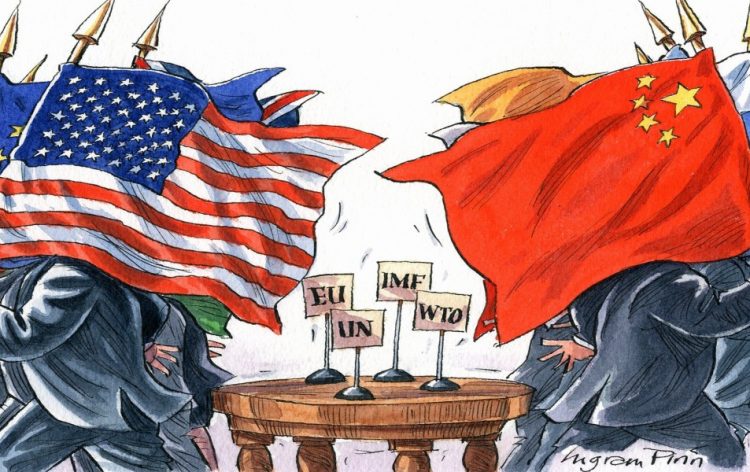Chinese Have Outnumbered Americans – Wealth and More

Credit Suisse has released a report that shows increasing wealth in China. As of now, the country makes up for 100 million of the top 10% richest people in the world. Under the same category, Americans account for 99 million.
However, there are still more millionaires residing in the U.S. Precisely, 40% o the world’s total or 18.6 million in comparison to 4.4 million in China. The millionaire count operates at a more rapid pace in the States as well and the credit, as outlined in the report, goes to Republican tax cuts and low-interest rates.
The U.S. wealth per adult has estimated to be $432,365 in contrast with China’s $58,544. Hence, on average, the American citizen is considerably more well-off than those dwelling in China.
China is not Holding Back
On the other hand, China’s pace of growth is blatant and poses, at least, an indirect threat to Europe being the fundamental engine of global wealth accumulation. Despite trade war taking a toll on the nation’s economy, China still manages to get a hold of a palatable portion of the economic pie.
The annual Global Wealth Report deems the predictions for the upcoming years to be fairly promising, in spite of concerning debt levels and the given trade conditions. In addition, the pattern according to which global wealth is concentrated at the very top is also highlighted. As it turns out, 50% of adults at the bottom account for less than 1% of the total wealth. Meanwhile, 82% of wealth is owned by those residing at the top 10%. The conclusion that can be derived from these statistics is certainly lacking in hopefulness. Almost half of all global assets seem to be owned by the top 1% alone.
In terms of net assets, the rough estimation of making it into the top 10% has determined to be $109,400. In order to make it into the top 1%, however, you would need right above $936,400.
Remaining Inequality
As the report suggests, neither bond-buying programs from central banks nor artificially low-interest rates have been successful at dealing with the ever-present economic inequality. While the former has continuously led to a massive increase in asset prices, the share of the top 1% wealth holders had been raised and inequality followed the declining pattern for those below. It is undeniable that an obviously unequal distribution of wealth remains fairly complicated since the 2008 financial crisis.
The share held by the bottom 90% has leaped from 11% in 2000 to 18% of global wealth. As for the same figure for the top 1%, per the bank, it has notably eased back.
As finalization, the authors of the report reckon that declaring wealth inequality to have a downward moving phase would be too gullible, although evidently the peak of foreseeable future seems to be 2016.
Examining wealth inequality is one of the most necessary tasks in need of conduction in the world presently. Additionally, it would be substantially important to look deeper into other exhibitions of financial inequalities such as income, for instance. Credit Suisse has done an excellent job of analyzing the world’s ever-occurring issue and we only hope to see more from them.


























Comments (0 comment(s))